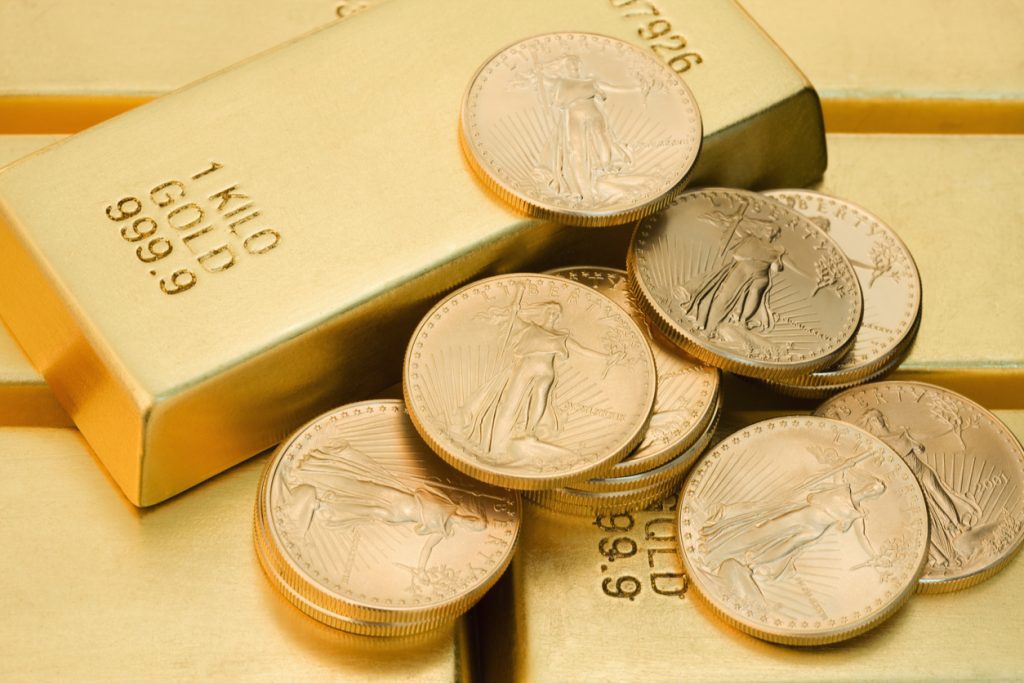📅
Published on: March 16, 2023
Bullion is a precious metal that is used as a store of value and a medium of exchange. It is important to ensure that the bullion you purchase is pure and authentic to avoid fraud and loss of investment. In this blog post, we will discuss how to evaluate the purity and authenticity of bullion.
Purity is one of the most important factors to consider when evaluating bullion. The purity of bullion is measured in terms of fineness or karats. Fineness refers to the percentage of pure metal in the bullion, while karats refer to the ratio of pure metal to other metals in the bullion. For example, 24 karat gold is considered to be 99.9% pure, while 22 karat gold is considered to be 91.7% pure. The higher the fineness or karat, the more pure the bullion.
To evaluate the purity of bullion, you can use an electronic tester, which uses conductivity to determine the fineness of the metal. Alternatively, you can perform an acid test, which involves applying a drop of acid to the bullion to test its purity. The acid will react differently to different levels of purity, allowing you to determine the purity of the bullion. It is important to note that an acid test may leave a small mark on the bullion, which can reduce its value.
Another way to evaluate the purity of bullion is to check its weight and size. Pure bullion should be of a consistent weight and size, and any variations can indicate that the bullion is not pure. You can use a scale to measure the weight of the bullion and a caliper to measure its dimensions. It is important to compare the weight and size of the bullion with the manufacturer’s specifications to ensure that it is pure.
Authenticity is another important factor to consider when evaluating bullion. Authentic bullion should be produced by a reputable manufacturer and have a clear and recognizable hallmark. A hallmark is a symbol or stamp that is engraved on the bullion to indicate its purity and authenticity. The hallmark should be consistent with the manufacturer’s standards and should not be easily replicated.
To check the authenticity of bullion, you can use a loupe to examine the hallmark for any inconsistencies or signs of tampering. It is important to be familiar with the manufacturer’s hallmark to ensure that the bullion is authentic. Additionally, you can check the packaging and documentation that came with the bullion to ensure that it matches the manufacturer’s standards.
It is also important to be aware of common scams and frauds in the bullion market. Some scammers may sell fake bullion that looks authentic but is not pure or has no value. Others may sell bullion at inflated prices, hoping to take advantage of unsuspecting buyers. It is important to do your research and only purchase bullion from reputable dealers who have a proven track record of selling authentic and pure bullion.
In conclusion, evaluating the purity and authenticity of bullion is essential to avoid fraud and loss of investment. You can evaluate the purity of bullion using electronic testers, acid tests, and weight and size measurements. To evaluate the authenticity of bullion, check the hallmark and packaging, and only purchase from reputable dealers. It is important to be aware of common scams and frauds in the bullion market and to do your research before making a purchase.





